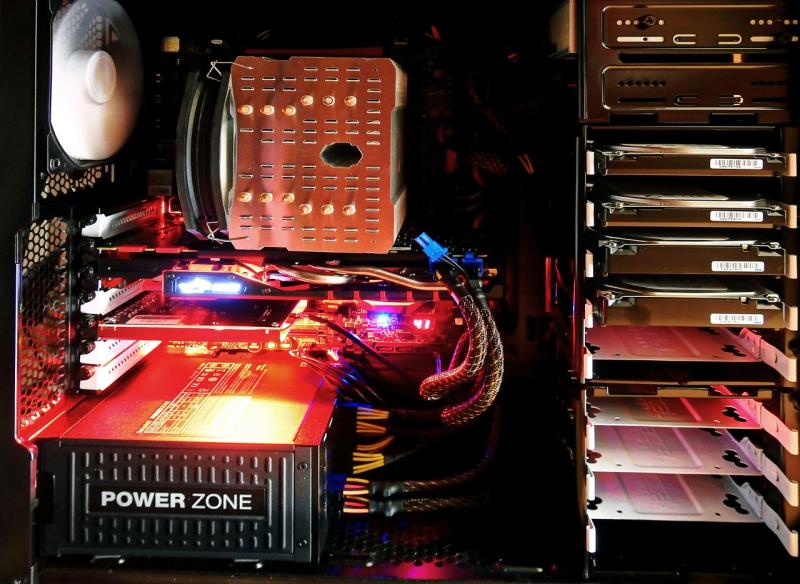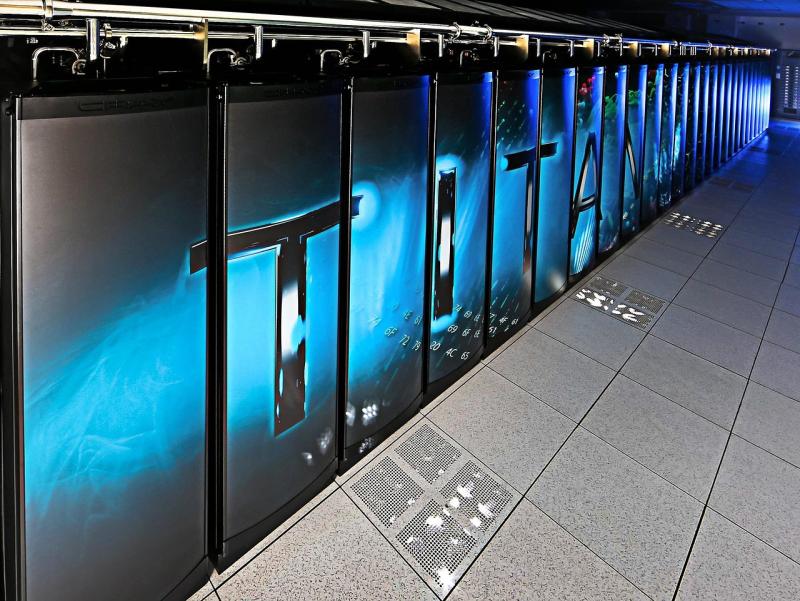**Gigabit Switches: The Backbone of High-Speed Networking**
In the world of networking, where speed, efficiency, and reliability are paramount, gigabit switches have emerged as a cornerstone of modern connectivity. Designed to support data transfer rates of up to 1 gigabit per second (Gbps) per port, gigabit switches are essential for both small-scale and enterprise networks, enabling fast communication between devices. This essay explores the functionality, benefits, applications, and future of gigabit switches, highlighting their role in advancing technology and optimizing network performance.
---
### **What Are Gigabit Switches?**
A gigabit switch is a networking device that connects multiple devices within a local area network (LAN) and facilitates data exchange between them at high speeds. These switches operate at the data link layer of the OSI (Open Systems Interconnection) model, using packet switching to forward data to its destination. With multiple ports that can handle gigabit speeds simultaneously, gigabit switches ensure efficient and reliable communication between connected devices.
---
### **How Gigabit Switches Work**
Gigabit switches use packet-switching technology to manage data traffic within a network. Here’s how they work:
1. **Data Reception**
When a device sends data to another device within the network, the data is divided into packets. The switch receives these packets through its ports.
2. **MAC Address Table**
Each switch maintains a Media Access Control (MAC) address table, which maps device addresses to specific switch ports. This table enables the switch to identify the destination device.
3. **Packet Forwarding**
Based on the MAC address table, the switch forwards the data packets directly to the port associated with the destination device. This targeted approach minimizes unnecessary data traffic and ensures efficient communication.
4. **Full-Duplex Communication**
Gigabit switches support full-duplex communication, allowing devices to send and receive data simultaneously. This feature effectively doubles the available bandwidth and reduces congestion.
---
### **Advantages of Gigabit Switches**
Gigabit switches offer numerous advantages that make them indispensable in modern networking:
1. **High-Speed Data Transfer**
With speeds of up to 1 Gbps per port, gigabit switches enable fast and seamless data transfer, supporting bandwidth-intensive activities like video conferencing, online gaming, and large file sharing.
2. **Scalability**
Gigabit switches can connect multiple devices within a network, ranging from computers and printers to servers and storage devices. This scalability makes them suitable for networks of all sizes.
3. **Improved Network Efficiency**
By intelligently directing data packets to their intended destinations, gigabit switches reduce data collisions and network congestion, ensuring smooth and reliable communication.
4. **Cost-Effectiveness**
While gigabit switches offer high-speed connectivity, they are relatively affordable and accessible compared to more advanced switches, making them an economical choice for small businesses and home networks.
5. **Energy Efficiency**
Many modern gigabit switches are designed with energy-efficient features, such as automatic power adjustment based on network traffic and port usage, reducing energy consumption.
6. **Advanced Features**
Managed gigabit switches include features like VLANs (Virtual Local Area Networks), Quality of Service (QoS), and port mirroring, providing network administrators with greater control and flexibility.
---
### **Applications of Gigabit Switches**
Gigabit switches are versatile and widely used in various scenarios:
1. **Home Networks**
In homes with multiple connected devices, gigabit switches ensure fast and stable connectivity for streaming, gaming, smart home automation, and remote work.
2. **Small and Medium-Sized Businesses (SMBs)**
SMBs rely on gigabit switches to connect workstations, printers, and servers, optimizing productivity and collaboration.
3. **Enterprise Networks**
In large-scale enterprise environments, gigabit switches serve as the backbone of LANs, supporting critical operations and high-speed data exchange between departments.
4. **Data Centers**
Data centers use gigabit switches to handle internal traffic between servers, storage systems, and other networking devices.
5. **Educational Institutions**
Schools and universities benefit from gigabit switches by enabling seamless connectivity for classrooms, administrative offices, and campus-wide networks.
6. **Streaming and Multimedia**
Gigabit switches are ideal for environments requiring high-quality video streaming or real-time multimedia collaboration, ensuring smooth and uninterrupted playback.
---
### **The Future of Gigabit Switches**
While gigabit switches remain a staple in networking, technological advancements are paving the way for higher-speed solutions. With the rise of 10-Gigabit and even 100-Gigabit switches, networks are becoming capable of handling the increasing demands of big data, cloud computing, and Internet of Things (IoT) devices.
The adoption of software-defined networking (SDN) and network automation is also influencing the evolution of gigabit switches. Future devices are expected to feature more intelligent traffic management, enhanced security, and seamless integration with advanced network management tools.
Additionally, sustainability is becoming a key focus, with manufacturers designing switches that consume less power and utilize environmentally friendly materials.
---
### **Conclusion**
Gigabit switches are the backbone of modern networking, providing the speed, reliability, and scalability needed for efficient communication between devices. Whether in homes, businesses, or data centers, these switches empower users to optimize network performance and stay connected in today’s digital world. As technology continues to advance, gigabit switches will remain a vital part of the networking landscape, evolving to meet the growing demands of connectivity, innovation, and sustainability. Their versatility and efficiency ensure they will play an enduring role in shaping the future of networks.
The Future of Gigabit Switches
With the rise of 10-Gigabit and even 100-Gigabit switches, networks are becoming capable of handling the increasing demands of big data, cloud computing, and Internet of Things (IoT) devices.
View our related products
See more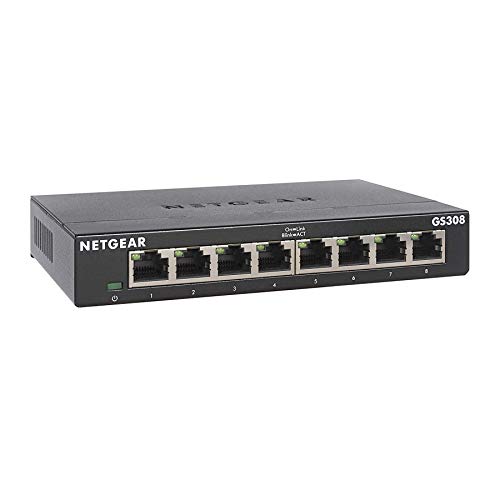
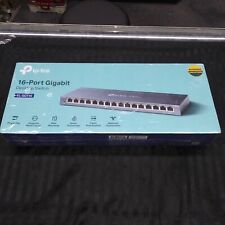
TP-Link 16-Port Gigabit Switch
Tp-Link
Product Review Score
4.67 out of 5 stars
48 reviews$56.80 $50.00
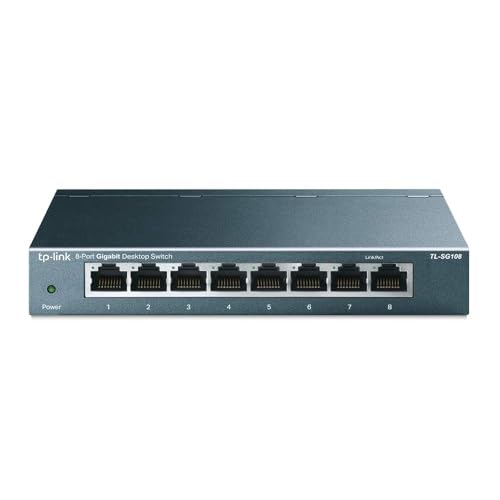
TP-Link 8-Port Gigabit Switch
Tp-Link
Product Review Score
4.37 out of 5 stars
173 reviews$12.99 $11.69
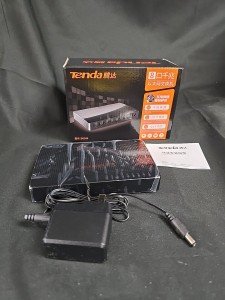
View our related products
See more

TP-Link 16-Port Gigabit Switch
Tp-Link
Product Review Score
4.67 out of 5 stars
48 reviews$56.80 $50.00

TP-Link 8-Port Gigabit Switch
Tp-Link
Product Review Score
4.37 out of 5 stars
173 reviews$12.99 $11.69

Related Articles
Essential High-Performance PC Components You Need Now
Upgrade your setup with the must-have parts for unbeatable gaming and productivity
Top Picks for Best High-Performance PCs
Find the perfect power machine for gaming, work, or creative projects
Your Guide to the Best High-Performance PCs
Find the Right PC for Your Gaming and Creative Needs

